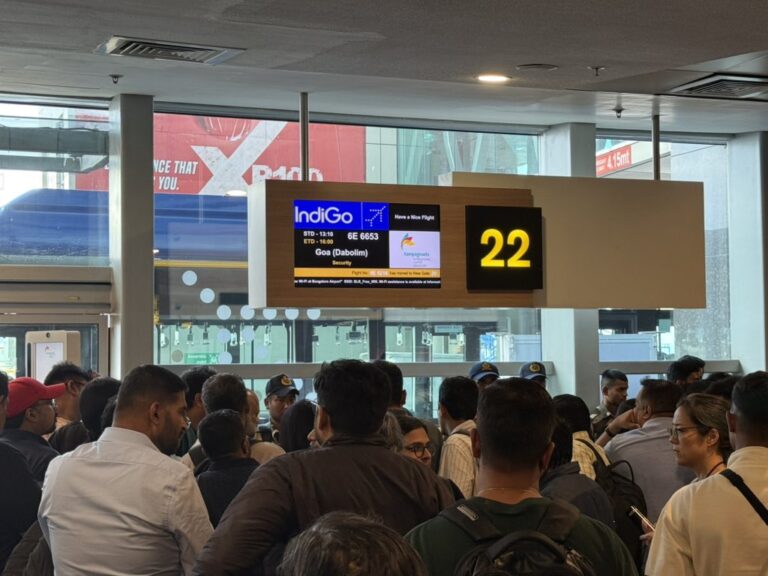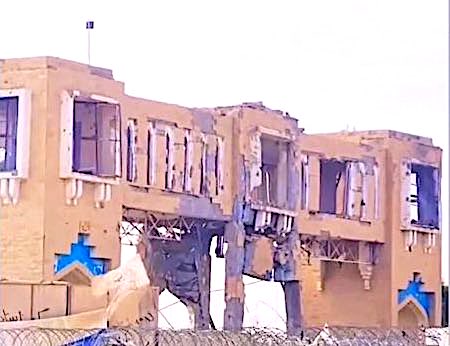
Geneva: World Health Organization (WHO) has been permitted to deliver medical supplies to Tigray, Ethiopia, for the first time since July 2021, but there is no fuel to distribute them to health centres, the World’s apex health body stated here today.
The supplies, which are now in storage until they can be distributed, include essential medical equipment, personal protective equipment, antibiotics, medicines for malaria and diabetes, including insulin, treatment for severe acute malnutrition, and medicines and supplies for reproductive health. WHO’s partner, the World Food Programme (WFP), began airlifting them to Mekelle, in Tigray, on February 11, 2022. More shipments are planned this week.
Fuel for humanitarian operations has not been allowed into Tigray since August 2021, except for two WFP trucks in November 2021.
Also read: Trucks with aids start moving for Tigray but that is not enough
The lack of fuel, cash and supplies has caused humanitarian operations in Tigray to be reduced or suspended altogether, as highlighted in the [United Nations Office for the Coordination of Humanitarian Affairs] OCHA’s humanitarian update for Northern Ethiopia last week.
The WHO shipments, which are part of 33.5 metric tonnes of planned deliveries, still represent a small portion of what is needed. Without access to supplies, health workers are trying to continue to provide health services with almost no medicines or functioning equipment.
According to OCHA, health partners estimate the following supplies are required to meet the urgent nutrition and health needs of the people in Tigray: 2,200 metric tonnes of emergency health kits; 1.5 million doses of cholera vaccine; polio oral vaccination for 888,000 children under five years; more than 30,000 metric tonnes of nutrition supplies for the treatment of severe acute malnutrition in outpatient clinics and 100 metric tonnes for children hospitalized at stabilization centres; about 830 metric tonnes of nutrient supplements to fortify the nutrition of 1.4 million people, mainly women and children; and 15,000 metric tonnes of Vitamin A supplements.
Malnutrition rates among children and pregnant and breastfeeding women in Tigray, as well as in Amhara and Afar, remain alarmingly high. For example, nutrition screening campaigns conducted in recent months found that 71% of pregnant and breastfeeding women in Tigray were acutely malnourished. The figure in Afar was 45%, and in Amhara was 14%.
Access has been relatively easier in Amhara and Afar regions with WHO shipping 84 metric tonnes of supplies in late December 2021. WHO is planning to ship an additional 15-20 metric tonnes to Afar to meet the health needs of people recently displaced as a result of the ongoing fighting on the Tigray-Afar border.
WHO has repeatedly called for unfettered access to provide humanitarian aid in Tigray. “We call for fuel to be allowed into Tigray urgently, with the support from national authorities and international partners, so that WHO and partners can meet the humanitarian needs of all Ethiopians,” it stated.
– global bihari bureau





